
Innovative approach to addressing osteoarthritis
ETHOCELL
WHAT IS OSTEOARTHRITIS?
Osteoarthritis (OA) is a common joint disorder often described as "wear and tear" arthritis. It occurs when the protective cartilage that cushions the ends of bones wears down over time. While OA can damage any joint, it most commonly affects the hands, knees, hips, and spine.
Symptoms of Osteoarthritis

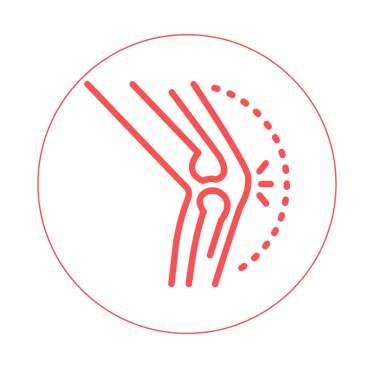
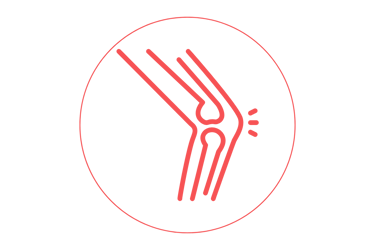

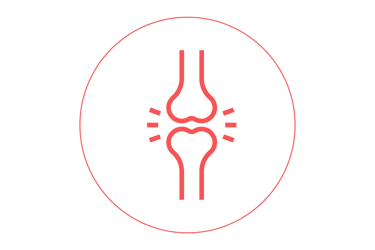


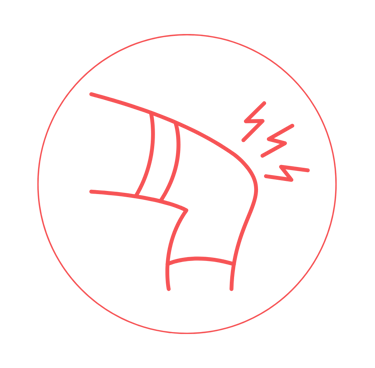
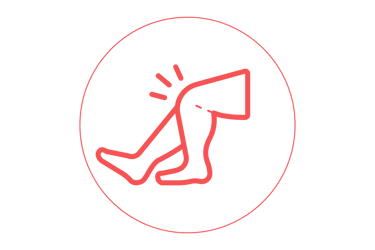

Pain and Swelling
Typical "Clicking" Sound
Stiffness and Crepitus
Joint Deformity and Instability
Decreased Flexibility
WHAT CAUSES OSTEOARTHRITIS?
OA, a common joint disorder, can be attributed to various factors that contribute to its development. The primary causes include Aging, Obesity, Genetics, Joint Injury and Overuse.
These factors collectively contribute to the breakdown of joint cartilage and the progression of osteoarthritis.
STAGES OF OSTEOARTHRITIS


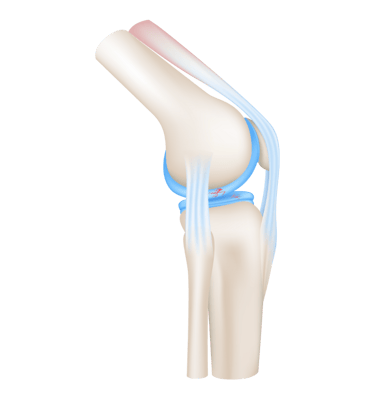

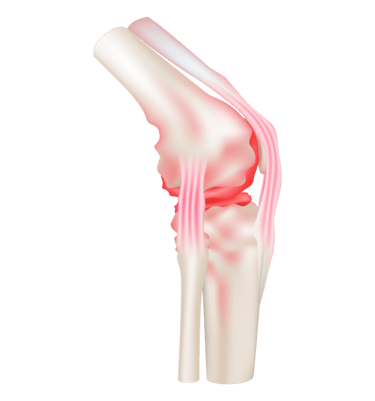

MINOR (I grade)
10% cartilage loss
MODERATE (III grade)
Cartilage loss continues, and the space between bones narrows
SEVERE (IV grade)
Cartilage may wear away completely, leading to bone-on-bone contact
>
>
Early intervention and appropriate management can help slow the progression of OA and alleviate symptoms. Individuals experiencing knee pain or discomfort should consult with a healthcare professional for a thorough evaluation and personalized treatment plan

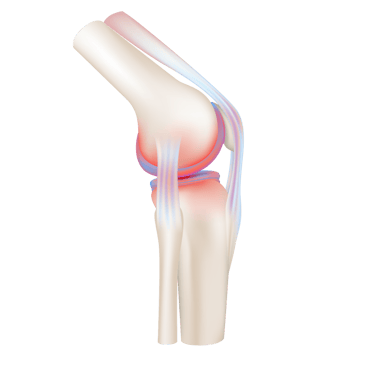
>
MILD (II grade)
Minor "wear and tear" in the joints
ETHOCELL
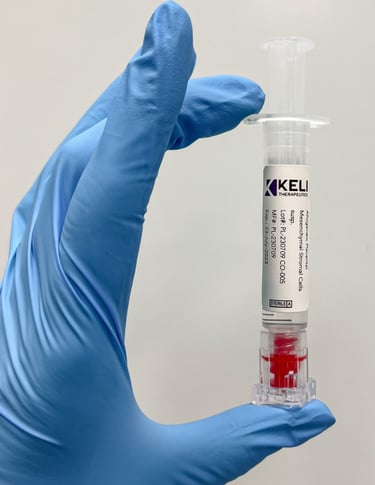

ETHOCELL therapy offers a regenerative approach to address the underlying causes of OA. Derived from ethically approved postpartum placental sources, ETHOCELL cells uniquely stimulate tissue repair and regeneration within the affected joints.
Administered through a minimally invasive procedure - injection - this therapy aims to reduce joint pain, improve function, and modify the progression of osteoarthritis by creating a conducive environment for healing.
ETHOCELL therapy may provide a safe and effective alternative, with minimal reported side effects, offering hope to individuals seeking innovative and less invasive options for managing osteoarthritis.
Cell Therapy, Transforming Osteoarthritis Care


STEP ONE
HOW ETHOCELL WORKS?
Patient Assessment and Consultation
An orthopedic surgeon will evaluate your medical history, symptoms, and the extent of osteoarthritis to determine eligibility for ETHOCELL therapy. You will have a detailed discussion explaining the treatment's benefits, potential risks, and expected outcomes.
STEP TWO
Cell Sourcing and Preparation
STEP THREE
Injection Procedure
STEP FOUR
Rehabilitation
Placental mesenchymal stromal cells are sourced from ethically approved and regulated sources. The cells are cultivated and prepared individually for each patient in a controlled environment, ensuring their quality and viability.
ETHOCELL treatment benefits are optimized with a designed personalized rehabilitation plan.

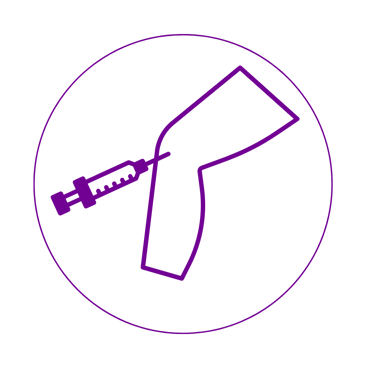
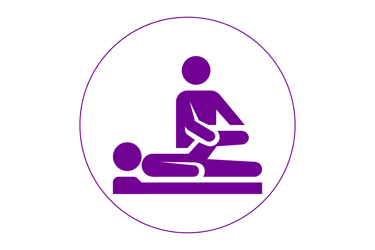


ETHOCELL is administered through an injection directly into the affected joint. This procedure is often guided by ultrasound to ensure precise placement.
OUTCOME OF ETHOCELL TREATMENT
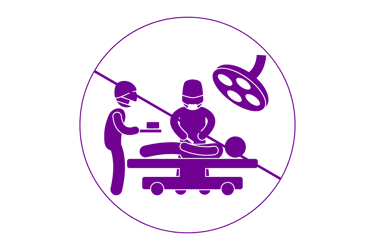



Stops the progression of osteoarthritis. Reduces knee pain, stiffness, swelling, locking
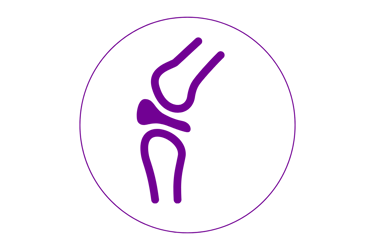

Cartilage repair


Improves joint function and mobility
This therapy has been shown to provide long-term cartilage regeneration, long-lasting pain relief, and improved knee function, offering a potential alternative to traditional treatments for managing osteoarthritis symptoms.
Long-term recovery. Prevents invasive knee replacement surgery
Traditional osteoarthritis treatments, such as medication, physical therapy, and surgery, have certain disadvantages and limitations:
Focus on managing symptoms rather than addressing the underlying causes of osteoarthritis
Medications commonly used for osteoarthritis management, such as nonsteroidal anti-inflammatory drugs (NSAIDs), can be associated with side effects, including gastrointestinal issues and increased cardiovascular risk, especially with long-term use
Surgical interventions, such as joint replacement surgery, carry inherent risks and require a significant recovery period
Lack of the regenerative potential. They focus on managing symptoms rather than promoting tissue repair and regeneration
